| Image | Product | Features | Price |
|---|---|---|---|
 |
Check Price | ||
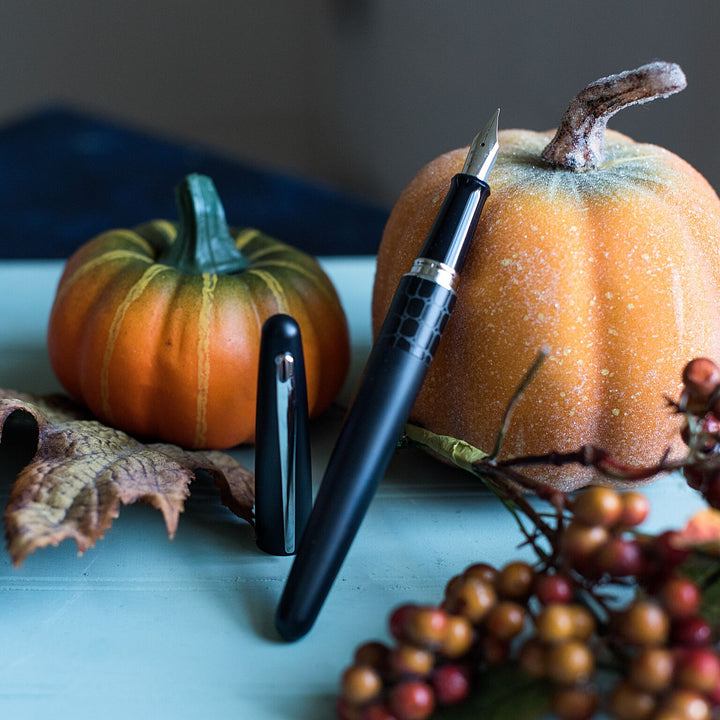 |
Check Price | ||
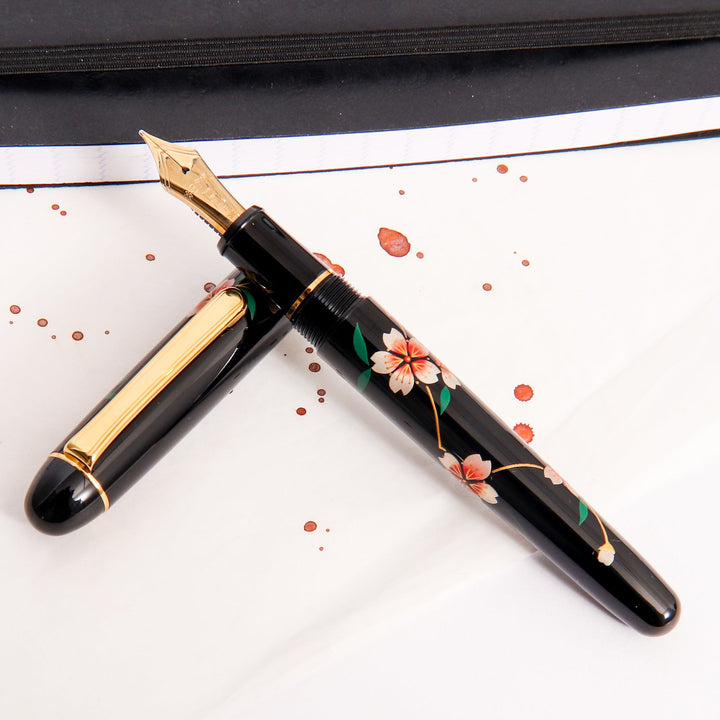 |
Check Price | ||
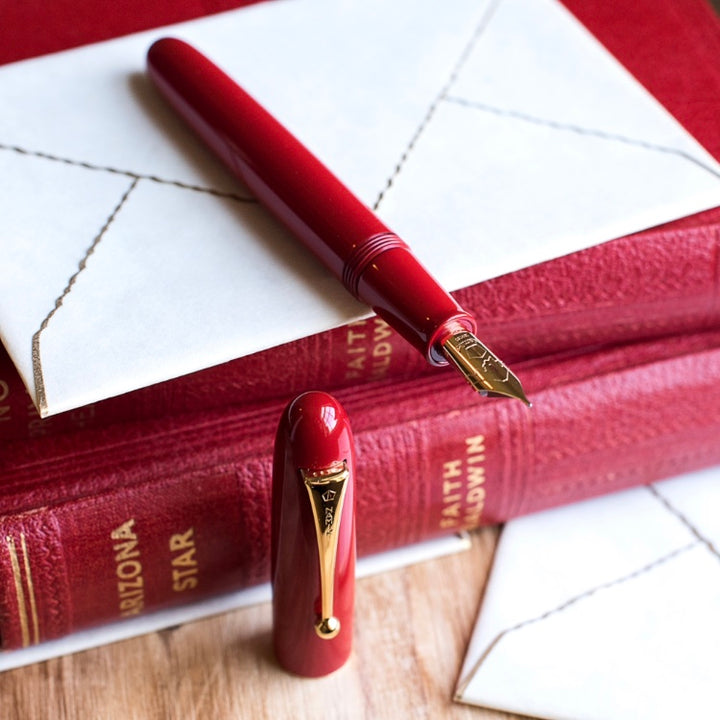 |
Check Price | ||
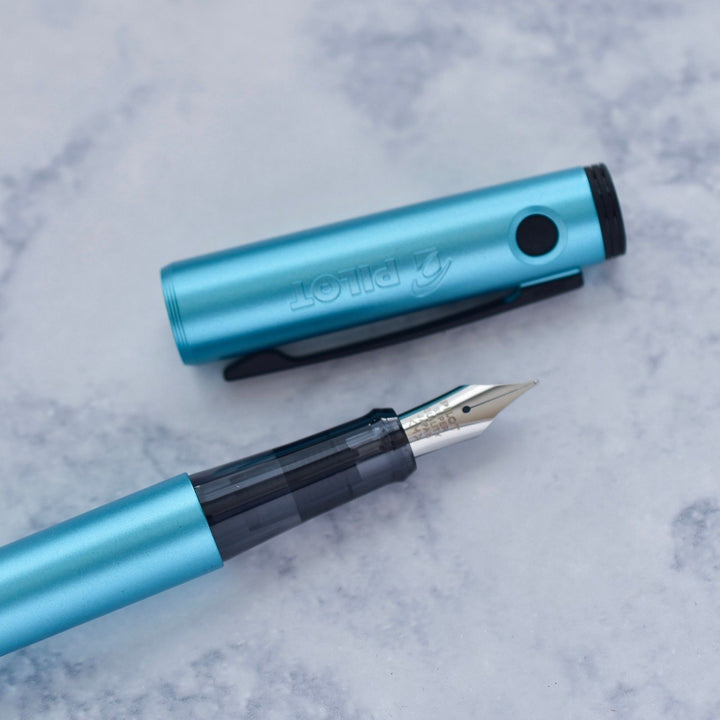 |
Check Price | ||
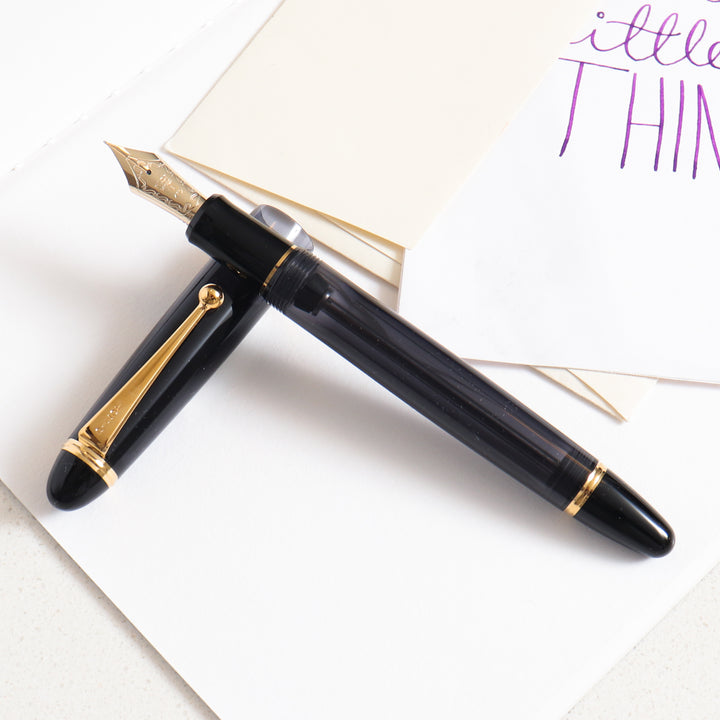 |
Check Price | ||
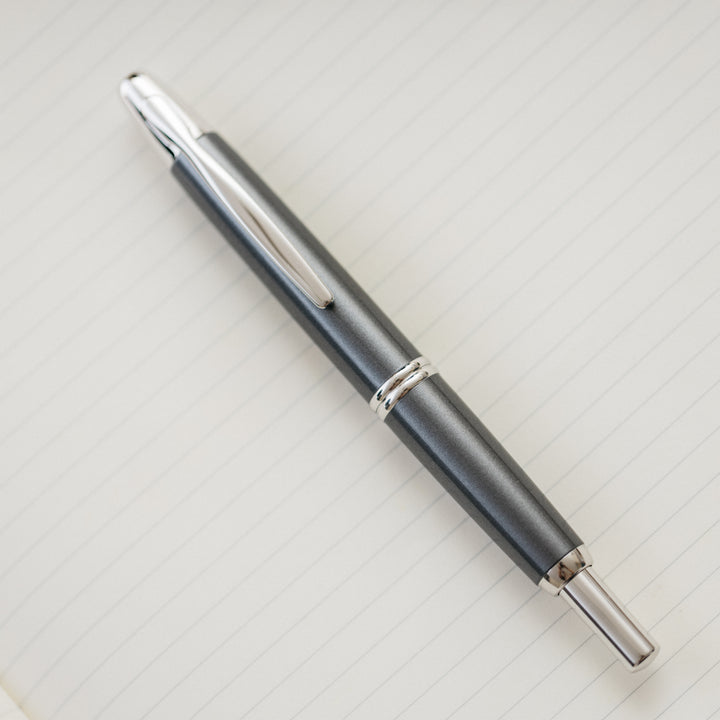 |
Check Price | ||
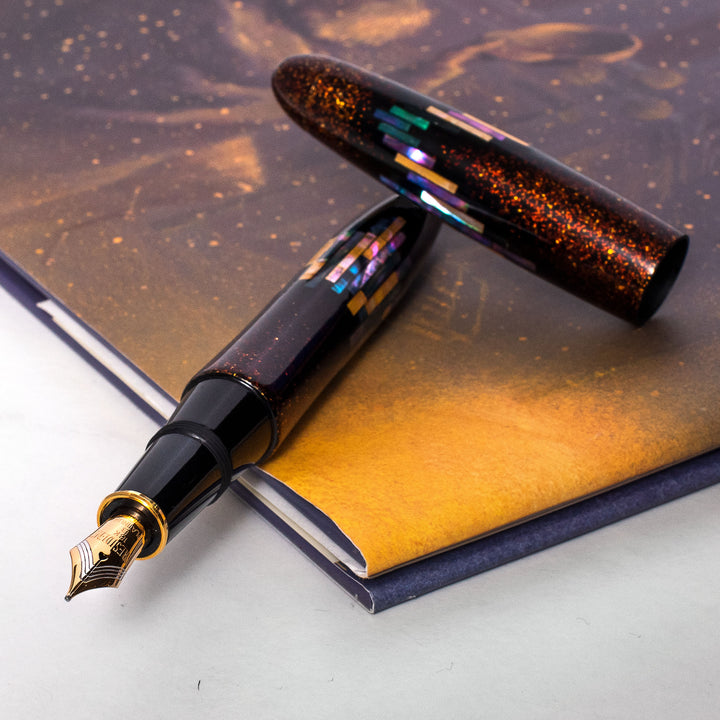 |
Check Price |
Japanese stationery items are well-known for their quality, design, and dependability, and Japanese pens are no exception. If you’re looking to purchase your very first one or add a new piece to your collection, you’re at the right place.
We’ll review the best Japanese pens by looking into their features and design, and give you additional tips to help you make this difficult choice. And if you don’t know where to start looking, our Truphae store contains a selection of some of the best Japanese pens on the market.
Best Japanese Pens
The following 8 Japanese pen recommendations were created by some of the most renowned Japanese pen brands. Let’s see what they’re all about.
Best Japanese Pen Overall - Namiki Emperor

Specifications
|
Manufacturer |
Namiki |
|
Color |
|
|
Weight |
46.6 gr |
|
Length |
172 mm |
|
Material |
Black Urushi lacquer over an ebonite hard rubber body |
|
Series |
Emperor |
Pros & Cons
Pros
- Premium materials
- Unique design
- Writes as smoothly as silk
- Excellent for larger hands
- Jumbo pen nib
Cons
- It’s on the heavier side
- It’s massive
The Namiki Emperor is one of the best pens that you can purchase from the Namiki brand. Its dimensions are a tribute to the large Maki-e fountain pen created almost a century ago, and even though it’s large, it fits comfortably in your hand. The pen is made with premium materials, such as ebonite and Urushi lacquer, and is the epitome of exquisite Japanese craftsmanship.
Key features are the pen’s 18k massive gold nib in size 50 and the large capacity barrel that give you a superior writing experience. And if you’re still not convinced of its high quality, know that each pen takes months to create using the Maki-e technique. This is a special technique that’s been used in Japan for years, and it involves using a fine brush to decorate the pen, adding lacquer, and topping it all off with gold powder before it dries off. It creates a type of “sprinkled picture”, which is what Maki-e literally means.
Best Value Japanese Pen - Pilot Metropolitan
Specifications
|
Manufacturer |
Pilot |
|
Color |
|
|
Weight |
29 gr |
|
Length |
138 mm |
|
Material |
Brass |
|
Series |
Metropolitan |
Pros & Cons
Pros
- An affordable pen of high quality
- Writes exceptionally well
- Neither too heavy, nor too light
Cons
- It should be kept in a case when transporting because the barrel may scratch
Our recommendation for the best value Japanese pen is the Pilot Metropolitan, an affordable pen that matches the quality of all Pilot pens. And if you have a Pilot collection, you’ll love that it works with different Pilot refills, so you won’t have to worry if you run out of one.
The Metropolitan is a pen that’s both aesthetically pleasing but also very comfortable to write with for prolonged hours since it’s neither too heavy nor too light. Its brass barrel makes this pen extremely durable, while the midsection is where each pen shines.
It comes in various animal prints that make it stand out from all the other Pilot pens, so if you’re into animal prints, we’re certain you’ll find your match.
Best Design Japanese Pen - Platinum 3776 Century Urushi Maki-e Sakura

Specifications
|
Manufacturer |
Platinum |
|
Color |
Black |
|
Weight |
19 gr |
|
Length |
140 mm |
|
Material |
Resin with handcrafted urushi maki-e finish |
|
Series |
3776 Century |
Pros & Cons
Pros
- A variety of nibs available (ultra extra fine, extra fine, fine, soft fine, medium, broad , coarse)
- 18k gold nib
- Slip and seal mechanism
Cons
- You need to order the converter separately
If you’re on the lookout for a premium Japanese fountain pen, the 3776 Century is the pen you should try. The series was first introduced in 1978 and it has been a hit ever since. The pen’s features are continuously being improved and upgraded, the newest addition being the “Slip and Seal” cap mechanism that keeps the nib wet for over a year.
The design is inspired by Mount Fuji, the mountain with the highest peak in Japan. The height of Mount Fuji is 3,776 meters, hence the name of the pen, which also aims to become the peak in pen creation. The finish is handcrafted Urushi Maki-e, which gives the pen its signature look. If the design wasn’t enough to convince you, the nib is where the magic is. It’s perfectly designed for writing and drawing, and you can order it in sizes ranging from ultra extra fine, extra fine, fine, soft fine, medium, broad, to coarse.
Best Japanese Fountain Pen - Namiki Yukari

Specifications
|
Manufacturer |
Namiki |
|
Color |
Red Vermillion |
|
Weight |
43.2 gr |
|
Length |
154.1 mm |
|
Material |
Lacquer Over Metal |
|
Series |
Yukari Royale |
Pros & Cons
Pros
- An excellent pen that never skips
- Holds a large capacity of ink
- Elegantly crafted
Cons
- Difficult to clean
- High price
The Yukari Royale Collection contains one of the best Japanese pens that writes smoothly and has multiple layers of unique Urushi lacquer on top. Each pen requires more than three months to produce, which is a testimony to how seriously the Namiki craftsmen take the production of their pens. This technique has been used since the company was created back in 1918 and it’s a testimony to its legacy and excellence.
The nib is made of 18k solid gold, which ensures it writes really smoothly, and can be ordered in fine, medium, or broad sizes. It can hold significant amounts of ink and it has an unconditional guarantee. The only downside to this magnificent pen is that it takes a bit of time to clean it properly.
Best Japanese Pen for School - Pilot Explorer

Specifications
|
Manufacturer |
Pilot |
|
Color |
turquoise blue, red, dark grey, pink magenta, blue, lime green |
|
Weight |
11 gr |
|
Length |
139 mm |
|
Material |
Resin |
|
Series |
Explorer |
Pros & Cons
Pros
- Ultra-light pen
- Perfect for beginners
- Metallic plastic looks great
- Smooth Pilot nib
Cons
- Questionable durability, the plastic clip specifically
The smoothness of the stainless steel nib and its affordable price make the Pilot Explorer the ultimate fountain pen for beginners. It comes with a Pilot ink cartridge and you can also order the CON-40 twist piston converter if you prefer to use bottled ink. The pen is extremely light and you won’t even feel it in your hands, so it’s perfect for longer writing sessions.
It’s inspired by poets, researchers, and sailors who love to travel and explore, hence the name of the series - Explorer. This pen has a very minimalistic design, however, it comes in many different colors, and you’re guaranteed to find one that you’ll like.
Best Japanese Drawing Pen - Pilot Custom 823

Specifications
|
Manufacturer |
Pilot |
|
Color |
Black |
|
Weight |
28.8 gr |
|
Length |
148.3 mm |
|
Material |
Resin |
|
Series |
Custom 823 |
Pros & Cons
Pros
- One of the most reliable vacuum filler pens
- Safe to carry while flying
- Great balance
- Good nib
- Adequate ink capacity
Cons
- Difficult to clean
- A bit long and not very useful for people with small hands
The Pilot Custom 823 is easily one of the best pens for drawing. Because of its large ink capacity, it can be used for a really long time without needing to be refilled. And as a result of the great nib that’s available in fine, medium, and broad size, it writes really smoothly and consistently.
This is a really lengthy pen that might make your hand cramp if you have smaller hands, but otherwise, it will sit very comfortably in your hand. Another downside is that it may take you a while to remove all the water from the pen after cleaning. Other than that, this is a truly reliable pen that you’ll love to use for years to come.
Best Japanese Writing Pen - Pilot Vanishing Point

Specifications
|
Manufacturer |
Pilot |
|
Color |
Gun metal, matte blue, blue & gold, red & gold, black & gold, red & rhodium, black & rhodium , black carbonesque, blue carbonesque, gun metal & matte black, shiny white & black, black matte, black ice |
|
Weight |
31 gr |
|
Length |
141 mm |
|
Material |
Lacquered metal |
|
Series |
Vanishing point |
Pros & Cons
Pros
- A variety of nibs and finishes
- The best retractable fountain pen
Cons
- The finish of the matte series can come off after a while
- The clip’s location isn’t ideal
- Low ink capacity
The Pilot Pen Vanishing point is a pen that has been on the market for over 60 years, which is just another tribute to its quality. It’s a great EDC fountain pen that has a minimalistic design and doesn’t come at a premium price, even though it’s quite sturdy.
It’s ideal for fountain pen aficionados who are looking for a pen that’s always wet around the nib, and ready to write at any time. The only downside is that the clip of the pen is placed in a location where it might bother you as you’re writing.
Best Honorable Mention Japanese Pen - Platinum Izumo Maki-e

Specifications
|
Manufacturer |
Platinum |
|
Color |
Orange |
|
Weight |
38 gr |
|
Length |
156 mm |
|
Material |
Ebonite |
|
Series |
Izumo Maki-e |
Pros & Cons
Pros
- Unique design that gives the illusion of a real Aurora Borealis
- 400-year old technique of production
- Writes exceptionally
Cons
- High price
Aizu maki-e is a traditional Japanese craft that has been practiced for the past 400 years. It’s known for its intricate decorative design and mesmerizing gradation of colors topped with a polish that makes the design look like the actual “Aurora Borealis”. This is why the Platinum Izumo Maki-e is much more than a writing instrument, and it’s the perfect collector’s item.
Not only is the design of this pen eye-catching, but it also writes really well, and you can choose between a fine, a medium, or a broad nib. The packaging is also as unique as the pen; it’s wrapped in a wooden box with a pen kimono case, a cartridge, a converter, and a bottle of ink. It’s truly a masterpiece and a great addition to your fountain pen collection.
Buyer’s Guide for Choosing the Right Japanese Pen
When searching for the best Japanese pen, take the following tips into consideration to make an informed purchasing decision.
Different Types of Pens
Let’s start by going over the different types of pens you’ll encounter in your Japanese pen quest.
Ballpoint Pens
These pens operate using an oil-based ink that dries really fast and prevents smudging. This is due to the small rotating sphere located at the tip of the pen, which helps distribute the ink over the writing surface. Ballpoint pens come in fine, medium, and bold tips.
Rollerball Pens
Rollerball pens are very similar to ballpoint pens in terms of having a ball that distributes the ink at the tip of the pen. The main difference between the two is that the rollerball pens operate using water-based ink, compared to the ballpoint pens that use oil-based ink. The ink has a lower viscosity compared to the one in rollerballs, meaning that this pen is more likely to smudge as you write. Rollerballs also come in different-sized pen tips.
Gel Pens
Gel pens are unique pens that have a fluctuating viscosity. When using the pen, the ink is similar to the one in a rollerball, and when you aren’t using the pen, the ink has a higher viscosity. The thickness of the line in gel pens can vary between micro, medium, and bold.
Marker Pens
Marker pens are a group of writing tools that use a variety of inks. Oil and alcohol-based inks can perfectly write on glass, metal, paper, or plastic, while pigment and water-based inks are ideal for writing on paper. Apart from the type of ink, markers come in different colors and sizes to fit the needs of every user. Finally, in terms of types of markers, you can find permanent, dry-erase markers, and felt-tip markers.
Inkjoy® Pens
Inkjoy pens are some of the newest types of pens available that have the best features of gel and ballpoint pens. The ink works similarly to that in gel pens, but it dries faster, much like the ballpoint pen does. You can choose between a variety of colors and tip sizes, as well as regular, stick with a cap, and retractable design.
Stylus Pens
Stylus pens are tools used for navigating the screen of smart devices, such as cell phones, tablets, laptops, and others. The stylus pen has a rubber tip that helps you navigate the touch screen and highlight, select, scroll, or draw on your device.
Factors to Consider Before Choosing Japanese Pens
We have all purchased that one pen we expected to last for a long period only to have it fail at the most inopportune moment. To help make your purchasing decisions easier, we’ve created a list of the most important factors to consider when choosing your new Japanese pen.
The Type of Pen
It’s no wonder that people have been using fountain pens for hundreds of years. Their quality is unparalleled, and you’ll end up using them a lot longer compared to other types of pens. The best fountain pens will have most, if not all of the following features:
- Metal construction
- Refillable converter
- Solid gold nib
- Internal reservoir
On the other hand, you can also get a high-quality rollerball or ballpoint pen if you opt for ones that are well-made, like our recommendations. We’ll give you more tips on how to distinguish between well-made and cheap pens below.
The Materials
It’s no surprise that the higher the quality of the material is, the more durable your pen will be. Check the barrel and the cap first and see what material they’re made of. Higher quality pens are made of metal (titanium, aluminum, sterling silver), celluloid, and ebonite hard rubber, but also unique materials like alligator leather or granite, and even gold and platinum.
The Writing Style
Depending on your writing style, you may prefer one type of pen instead of another. For example, people who write in cursive and have smaller handwriting don’t need the same type of pen as those who write in larger block letters. For example, fountain pens are better for writing cursive letters, whereas rollerball pens are great for writing block letters. The quality of the writing also depends on how you hold your pen, the writing pressure, the ink flow, and the angle of use.
The Finishing
The design of a pen not only shows the mastery of the penmaker, but also affects the grip and comfort while writing. One example of this is the Urushi finishing, which was used in a few of the pens mentioned above, such as the Namiki Emperor, 3776 Century, among others mentioned on this list.
The Price
Luxury Japanese pens are among the priciest on the market due to the materials and techniques used in the pens’ creation, which also influences the quality of the nib. Quality pens are always worth the money, so determine a budget first, and then start filtering the pens through the other factors we mentioned above to choose your ideal pen.
FAQs
Here are the most commonly asked questions related to the best Japanese pens. If you have additional questions, feel free to leave them in the comment section below.
What type of Japanese pen writes the smoothest?
Ballpoint pens dry faster, however, pens with water-based ink, such as fountain pens, write the smoothest.
Which is better, rollerball or gel pen?
Gel pens dry quicker and smudge less, however, rollerball pens have smoother ink flow since the ink is water-based.
Why do rollerball pens run out of ink so fast?
Due to the ink in rollerballs being water-based, more of the ink is transferred to the paper, so your cartridge doesn’t last as long as the cartridges in ballpoint pens.
Why are Japanese pens so expensive?
There are a number of reasons for the higher price point of luxury Japanese pens, and that includes the quality of the materials used, the density of the ink, the unique designs, and how rare they are compared to other types of pens.
Which pens can write the fastest?
If you’re looking for a pen that writes faster, fountain pens and rollerballs will be your top choice since they have the fastest-flowing ink.
Conclusion
We trust that after reading this article, you’re now better equipped to distinguish between excellent and average Japanese pens. When choosing your next pen, remember to always check the materials used in the pen, the quality of the nib, and how well it fits in your hand, to name a few.
One pen that has all of these qualities and more is the Namiki Emperor, and if you’re looking for a premium Japanese pen, you won’t go wrong with this one. It will give you a superior writing experience, while also looking extremely sophisticated.
Let us know which pen piqued your interest in the comments below and why. And if you use or own some of the pens on this list, let us know why you purchased them and what you liked about them.
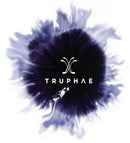
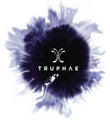
![Best Japanese Pens for All Your Needs [2024]](http://www.truphaeinc.com/cdn/shop/articles/namiki_emperor_{width}x.webp?v=1678717464)







Leave a comment